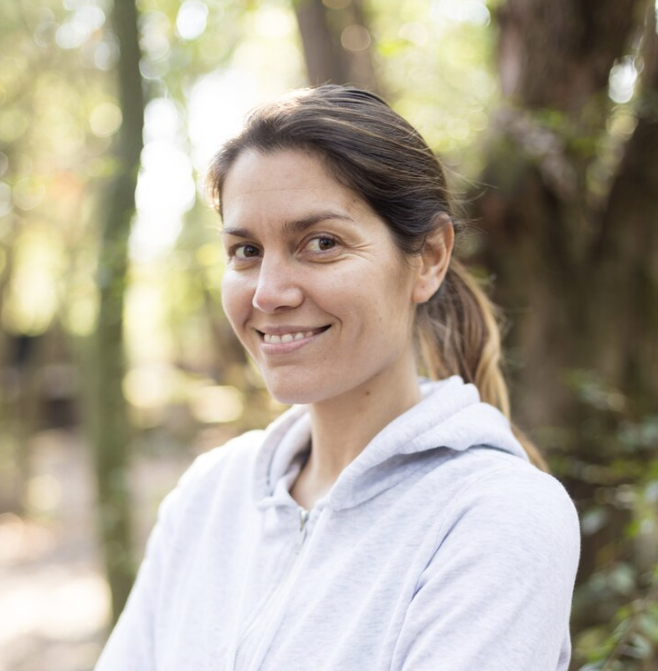

Finding the perfect bid increments for your charity auction can feel like searching for the fundraising holy grail. Too high, and you might discourage potential bidders. Too low, and your auction might drag on forever without maximizing returns. But don’t worry—we’ve done the research to help you find that sweet spot!
Every successful nonprofit fundraiser starts with a clear, thoughtful plan. When it comes to bid increments, the experts have spoken, and their advice might surprise you. The most effective approach combines both art and science:
The traditional wisdom suggests setting bid increments at approximately 10% of an item’s Fair Market Value (FMV). For that special luxury getaway package valued at $1,000, a $100 increment would be standard. For premium or high-demand items, you might push this up to 15% to maximize returns.
But here’s where it gets interesting—the most successful auctions typically aim for 7-8 bid increments between the starting bid and the FMV. Why? This creates the perfect balance between engagement and efficiency.
Where you begin matters just as much as how you increment! The sweet spot for starting bids is 30-40% of the item’s FMV. This lower entry point doesn’t just encourage more bidders to jump in; it creates the psychological foundation for emotionally-driven bidding that can push final prices well beyond what logical bidders might plan to spend.
What goes into hosting a successful silent auction fundraiser? A whole lot! And contrary to what might seem intuitive, today’s auction experts are advocating for lower bid increments than traditional wisdom suggests—especially for mobile or online bidding platforms.
For example, if you have a fabulous weekend getaway valued at $1,250 with a $500 starting bid, you might think $75 or $100 increments make sense. But research shows that $50 increments could actually drive more engagement and potentially higher final bids.
Why does this work? Once bidders engage in a back-and-forth competition, “their logic seems to fall by the wayside and emotions take over.” They become invested in winning, not just in the mathematical value of the item.
Ready for a practical approach that combines all this wisdom? Here’s your step-by-step formula for bid increment success:
Know your true value: Determine your item’s accurate Fair Market Value
Start low to go high: Set your starting bid at 30-40% of FMV
Plan your bidding journey: Decide how many bids you want to see (13-15 is considered optimal)
Do the math: Calculate your increment using this formula:
Bid Increment = (FMV - Starting Bid) ÷ Desired Number of Bids
Let’s put this into practice: For that $1,250 getaway package starting at $500:
Targeting 13 bids
Your increment would be $50 ($1,250-$500 = $750 ÷ 13 ≈ $58, rounded to $50)
The final price would reach $1,150 (92% of FMV)
Auction experts consider reaching 90% of FMV an excellent outcome for a charity auction—and this approach sets you up for that success!
The environment where your auction takes place matters tremendously:
If you’re using traditional bid sheets, slightly higher increments might be necessary. Why? Because it takes physical effort for bidders to return to sheets, so each bid needs to feel worthwhile.
With the convenience of mobile bidding, lower increments shine! Bidders can participate from anywhere with just a tap, making frequent, smaller bid increases much more likely. This is where those emotional bidding wars really take off!
Remember that fundraising is the heartbeat of every successful nonprofit. While these formulas provide an excellent framework, knowing your donor base is equally important:
Community fundraisers: If you’re hosting a school auction, more modest increments may encourage broader participation
Upscale galas: For events with high-capacity donors, starting with higher increments might be appropriate
Specialized audiences: For niche causes with passionate supporters, test where their enthusiasm threshold lies
There are so many things you need to juggle to make an auction fundraiser a success, but getting your bid increments right doesn’t have to be complicated. Start with the formula, adapt to your platform, and consider your unique audience.
With these research-backed strategies, you’re well on your way to hosting an auction that not only raises crucial funds for your cause but also creates an engaging, exciting experience that keeps donors coming back year after year.
After all, a successful fundraiser does more than bring in necessary funds for your nonprofit organization. It also widens your donor base and strengthens your community connections. And that’s something worth bidding on!

Nina Caldwell brings over a decade of nonprofit fundraising expertise to her role at BiddingOwl, where she helps organizations create meaningful connections between their missions and communities. Her journey began with a local animal shelter’s first online auction and has grown into a career dedicated to making fundraising less overwhelming and more successful for nonprofit leaders.